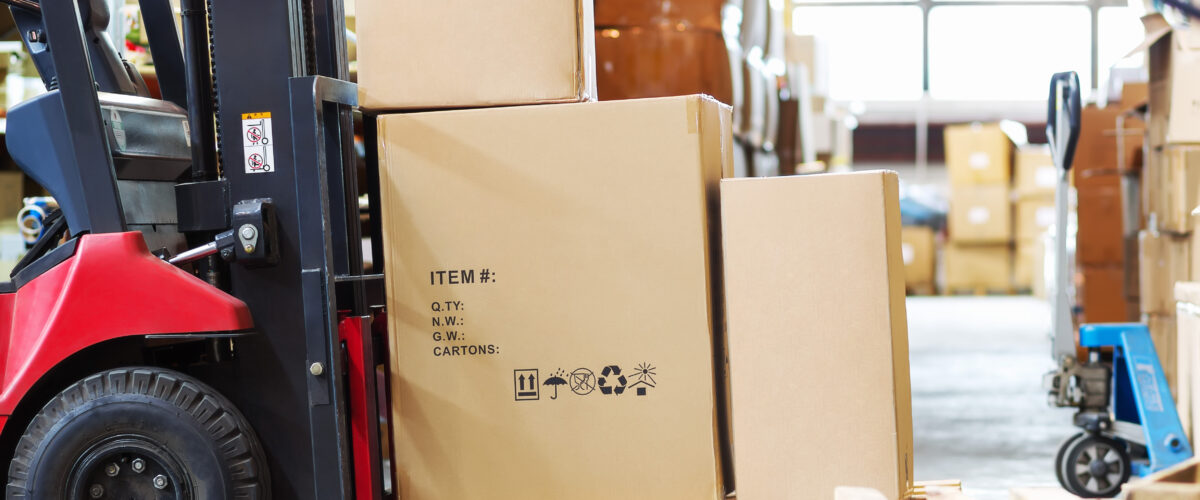The Lifecycle of Packaging: Embracing Sustainability with Keiding’s Custom Molded Pulp Packaging

The creation and disposal of packaging – from the acquisition of raw materials to disposal at the end of life – has significant implications for the environment.
Understanding the lifecycle of packaging is an essential first step toward adopting more sustainable practices. This article delves into each stage of this lifecycle, highlighting the importance of eco-friendly measures and the role businesses can play in minimizing environmental impact.
Raw Material Acquisition: The Foundation Stage
The lifecycle of packaging begins with the extraction and harvesting of raw materials. Common materials include paper, plastic, glass, and metal. This stage involves processes like mining for metals, logging for paper, and refining petroleum for plastics.
The environmental impact here is significant, as these activities can lead to habitat destruction, resource depletion, and pollution. Sustainable practices – such as using recycled materials or sourcing from responsibly managed forests – can help mitigate the impact.
Manufacturing: Turning Raw into Refined
Once raw materials are acquired, they are processed and transformed into various packaging products. This is where paper becomes cardboard boxes and plastic is shaped into bubblewrap.
This manufacturing process is energy-intensive and often involves significant greenhouse gas emissions and waste production. To reduce the environmental footprint, companies can implement energy-efficient manufacturing processes, use renewable energy sources, and design packaging that minimizes material usage.
Distribution and Transportation: The Journey of Packaged Goods
After manufacturing, packaged goods are transported to distribution centers and retail outlets. This stage is crucial in terms of energy consumption and the need for additional packaging materials for transportation.
Optimizing logistics operations, using fuel-efficient vehicles, and designing packaging that is lightweight yet durable can reduce the carbon footprint associated with this stage.
Product Use: Packaging in the Hands of Consumers
At this stage, packaging fulfills its primary purpose – protecting and containing products. However, the end of the product use phase often leads to the disposal of packaging. Some packaging, like durable containers, can be reused, extending their lifecycle and reducing waste.
Consumers play a vital role in this stage by choosing reusable or environmentally friendly packaging and disposing of it responsibly.
Waste Management: The Afterlife of Packaging
Once a product has been used, its packaging becomes waste. This stage encompasses various disposal methods: recycling, landfilling, composting, or incineration.
Recycling can involve the collection, sorting, and processing of materials to create new packaging or products. Effective waste management practices significantly reduce the environmental impact of packaging, turning waste into a resource.
End of Life: Closing the Loop
The final stage of the packaging lifecycle deals with the ultimate fate of the material. The goal is to recycle packaging into new products, repurpose it, or dispose of it in an environmentally friendly manner. This stage is crucial in determining the overall sustainability of packaging materials.
How Molded Pulp Packaging Can Mitigate Environmental Impact
Keiding’s molded pulp packaging is crafted from 100 percent recycled materials, making it a champion of sustainability. This choice of material significantly reduces the carbon footprint associated with packaging production.The process of creating molded pulp packaging involves less water and energy compared to traditional packaging methods, further decreasing environmental impact.
In comparison to other packaging materials like plastic and styrofoam, type 1 molded pulp stands out for its durability and cost-effectiveness. It offers superior protection, ensuring products are safely transported without the need for additional protective materials. This not only saves costs but also enhances customer satisfaction by delivering products in pristine condition.
The eco-friendly nature of molded pulp, coupled with the efficient manufacturing process, results in a reduced ecological footprint, making it a responsible choice for any business mindful of its environmental impact.
Keiding's Diverse Product Offerings
Keiding's range of custom molded pulp packaging caters to various needs, from protective packaging solutions to custom-designed trays and inserts.
Our products are designed to meet the specific requirements of different industries, ensuring versatility and functionality. Whether it’s for electronics, automotive parts, or consumer goods, Keiding likely has a solution that fits.
Keiding’s capabilities extend beyond just providing products. We excel in custom design, ensuring that each packaging solution perfectly aligns with the customer's specific needs. Our collaborative approach, combined with a commitment to innovation, positions Keiding as a leader in the packaging industry.
Join the Green Packaging Movement
By opting for Keiding’s solutions, companies can significantly contribute to a more sustainable future. Interested in exploring how Keiding’s molded pulp packaging can benefit your business?
Contact Keiding to start your journey toward innovative packaging solutions.
The creation and disposal of packaging – from the acquisition of raw materials to disposal at the end of life – has significant implications for the environment.

